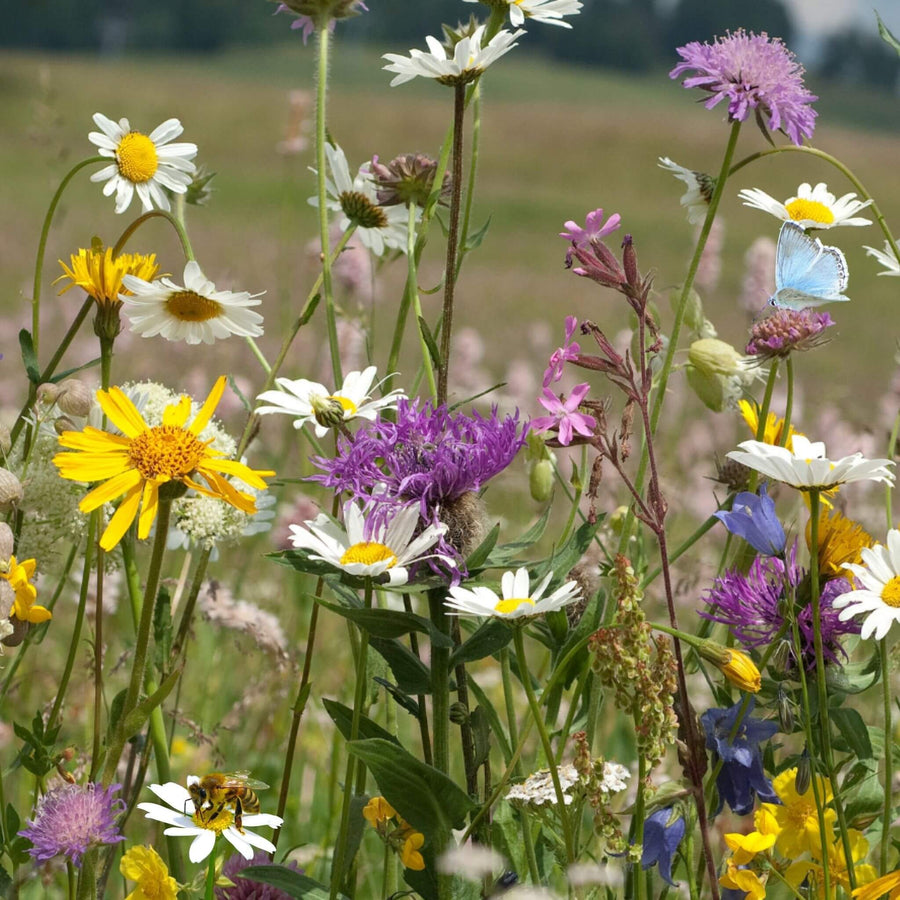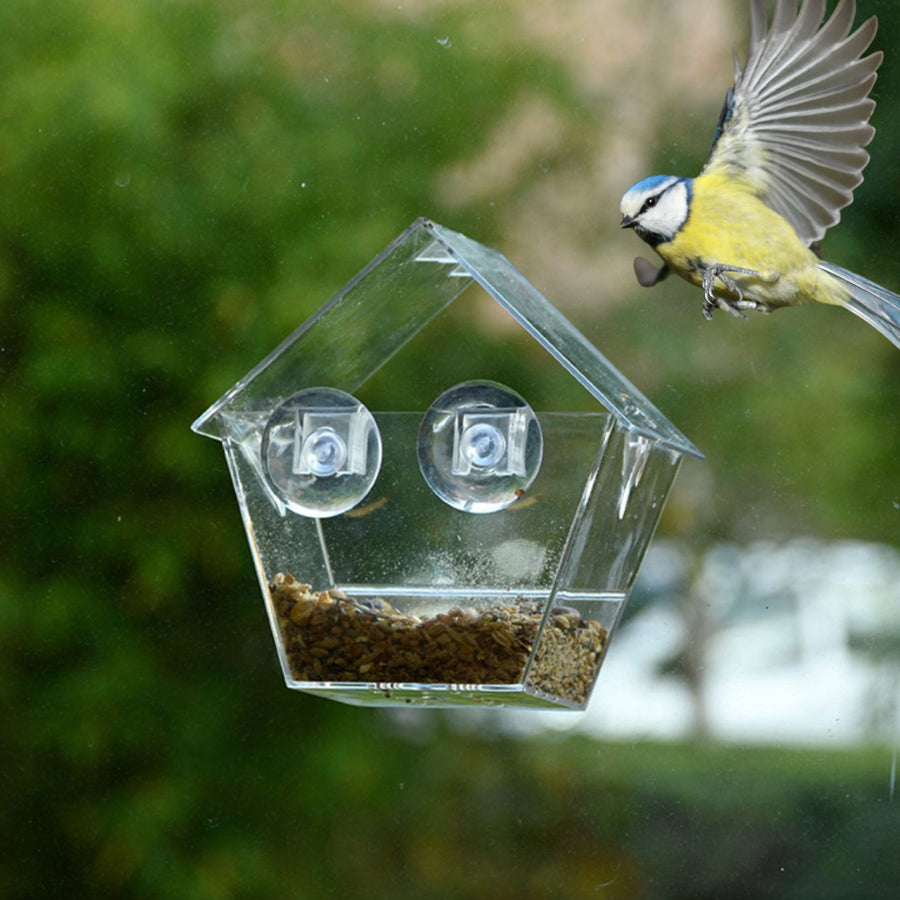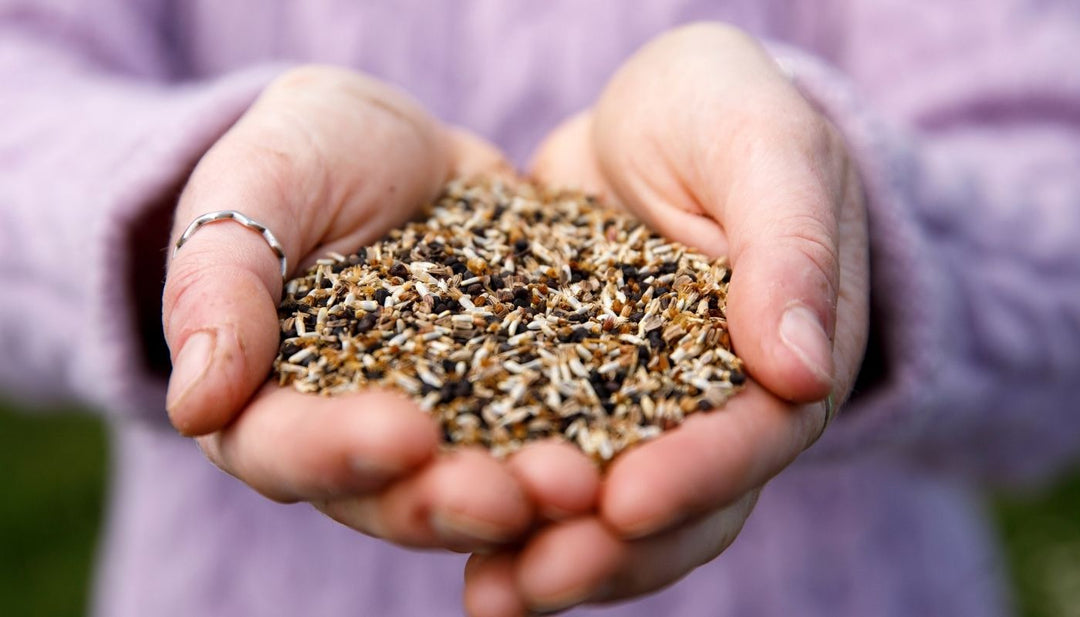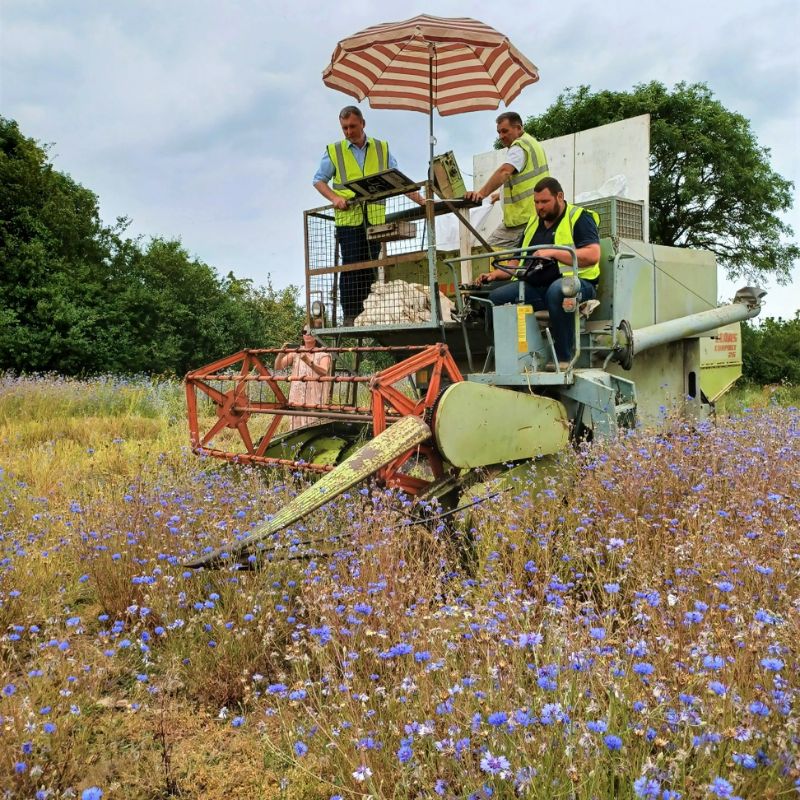The Language of Flowers
Plants and flowers have been imbued with meaning and symbolism throughout history. From the transformation of Narcissus into a daffodil in Greek mythology to the religious and healing symbolism of plants in a medieval garden.
In the early 19th Century, a new craze set about creating a coded ‘Language of Flowers’ which could express feelings and thoughts which could not be otherwise said aloud in polite society.
People would communicate with wildflowers by which friends and lovers could send messages without saying a single word.
By the end of the 1800s a consensus was found on the meanings of the most popular flowers.
For example, everyone knows that a single red rose means ‘I love you', but how many of us know that the gift of a simple Yarrow means ‘everlasting love’ or that a daisy indicates purity? Even the humble Dandelion was assigned connotations of faithfulness and happiness.
Flowers could even be combined in a bouquet to send a message to its recipient. Flowers such as the wild violet (Loyalty and devotion) could be combined with Bluebell (Humility and constancy) to send a message from an employee to their employer about their trustworthiness and commitment to the role.
Not all flowers had positive connotations, however. A gift of a Foxglove (Suspicion) and Rhododendron (Beware) could be sent as a warning for a friend or to a rival, while Tansy (Hostile thoughts) was just an outright challenge.
This ‘Language of Flowers’ still influences our understanding of many flowers today and plays a role in bouquet arrangements and selections for major events.













